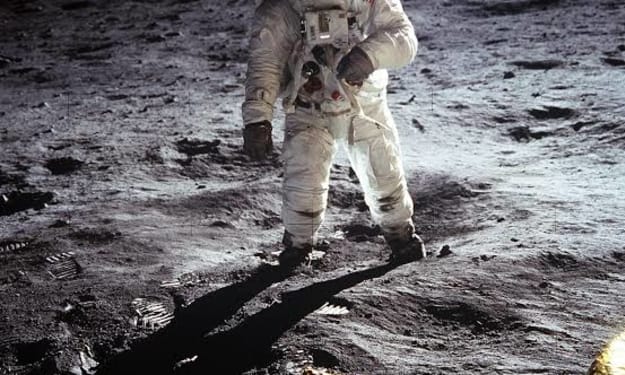The Importance of Auction Systems in Promoting Renewable Energy
Offshore Wind

Auction systems have emerged as effective aids in the global push to promote renewable energy technologies. These mechanisms provide distinct benefits to investors and regulators, such as design flexibility, actual price discovery through competition, transparency, and increased predictability.
Auction systems have proven to be successful vehicles for pushing renewable energy technology adoption, facilitating the attainment of high-level targets, and fostering a greener, more sustainable future.
The Rise of Renewable Energy Auctions
Renewable energy sources, such as solar and wind, have received a lot of attention recently because of their environmental benefits and potential to lessen dependency on fossil fuels. As governments throughout the world set ambitious targets for increasing the amount of renewable energy in their energy mix, auction systems have evolved as a novel way to incentivize investment and deployment of clean energy technologies. Auctions provide a competitive atmosphere that reduces costs and maintains a level playing field for market players of all sizes, including small and major developers.
Design Flexibility
The design flexibility of auction systems is one of their most appealing aspects. Auction mechanisms can be tailored to individual energy policy objectives, market conditions, and renewable energy potential in different countries and areas. Auctions, can be designed to be capacity-based, energy-based, or technology-specific, according to the individual needs of each market. This adaptability allows governments to fine-tune auction designs as the renewable energy sector evolves, resulting in a dynamic and flexible framework.
Real Price Discovery through Competition
Auction systems provide a transparent forum for competitive price discovery.
Auctions, as opposed to feed-in tariffs or fixed-price incentive schemes, allow developers to bid the lowest price they are willing to pay for producing renewable energy.
This competitive strategy encourages developers to create novel solutions and decrease project expenses. As a result of decreasing electricity rates, renewable energy becomes more economically viable and competitive with traditional energy sources.
Transparency and Investor Confidence
Transparency is essential for successful auction systems. The open and public nature of auctions gives investors and stakeholders trust since it assures that projects are awarded on merit rather than through opaque decision-making processes. Investors can examine the bids of their competitors, market trends, and government pledges, resulting in more informed investment decisions. Auctions' increased transparency and predictability minimise investment risks and attract more finance to the renewable energy sector.
Policy Certainty and High-Level Targets
Auction mechanisms give investors and policymakers more assurance. Knowing the conditions of the auction and the pricing method allows investors to plan their projects with greater confidence. Policymakers, on the other hand, can set particular renewable energy targets and have a better grasp of the amount of renewable energy capacity that has to be installed in a certain timeframe. This policy clarity encourages long-term planning and increases the likelihood of meeting renewable energy targets.
Challenges and Mitigation Strategies
While auction systems have proven to be effective, they are not without their drawbacks. One major source of concern is the danger of undersubscription or oversubscription, which could jeopardise project viability and investor confidence. To strike a balance between competition and project feasibility, policymakers must carefully develop and calibrate auction systems. Governments should also give enough assistance and incentives for nascent renewable technologies that may be unable to compete effectively in early-stage auctions.
Conclusion
Finally, auction systems have emerged as critical tools for promoting renewable energy technology around the world. Their design flexibility, real-time price discovery, transparency, and predictability for investors and policymakers have created an atmosphere favourable to clean energy implementation. As the globe faces urgent climate and energy concerns, the use of auction systems can be critical in driving the transition to a more sustainable energy future. Governments can accelerate the rise of renewable energy, reduce greenhouse gas emissions, and create a greener, more resilient world for future generations by successfully harnessing these tools.
About ER-Marine
ER-MARINE, we offer comprehensive due diligence services for the development of floating offshore wind projects in South Korea. We have extensive local knowledge of the Korean market and can help you identify and mitigate potential risks before they become huge and costly problems. At ER-Marine we tell you what you need to know, not always what you want to hear.
About the Creator
Erik Roelans
I am founder and CEO of ER-MARINE and write about the green energy transition, renewable energy challenges, climate change, offshore wind permitting, policy dialogue, marine biodiversity, renewables and floating offshore wind development.






Comments
There are no comments for this story
Be the first to respond and start the conversation.